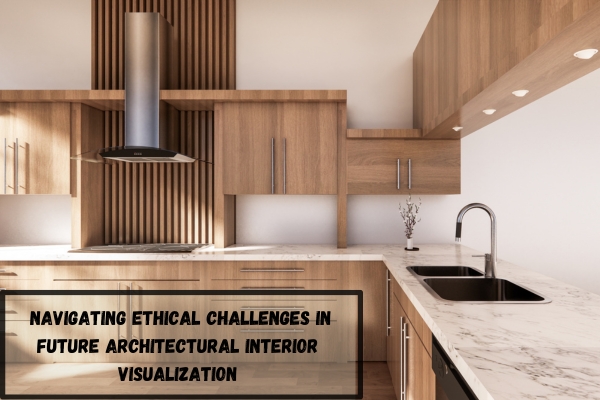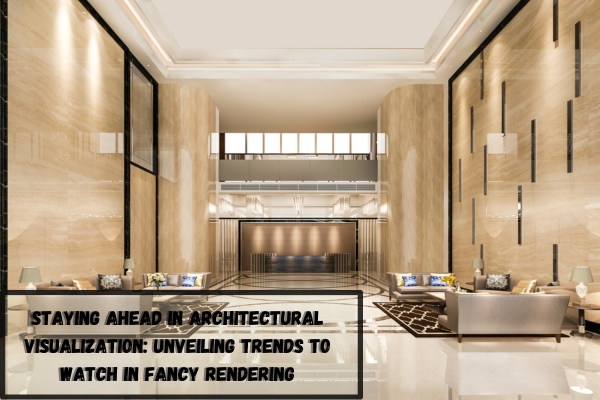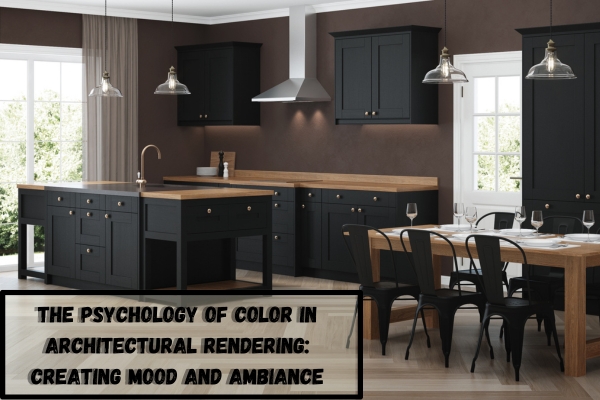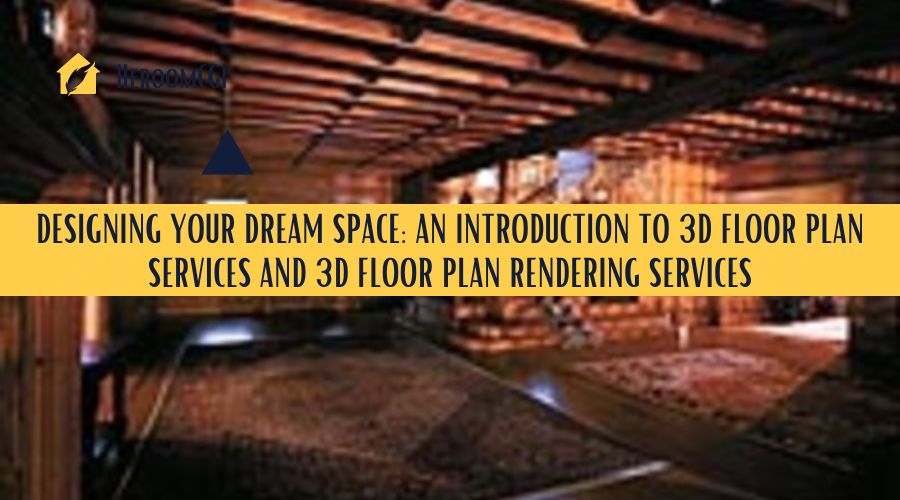In the ever-evolving world of architectural interior visualization, the integration of Artificial Intelligence (AI) and Virtual Reality (VR) has emerged as a game-changer. Gone are the days of static blueprints and flat renderings; today, architects and designers wield AI and VR as dynamic tools to breathe life into their creative visions. As we stand at the threshold of this technological revolution, let’s embark on a journey to unearth what the future holds for architectural interior visualization.
The Power Duo: AI and VR in Design
Unveiling the Potential of AI
From sketching to material selection, AI is paving the way for a more efficient and innovative design process. With AI algorithms analyzing design trends and user preferences, architects gain insights that shape spaces that resonate with people’s desires. But AI’s prowess doesn’t stop there. Imagine a software that can instantaneously generate multiple design iterations, saving time and offering a plethora of options. Say goodbye to monotonous manual adjustments!
Immersion Beyond Reality: VR’s Role
Step into a world where you’re not just visualizing a space – you’re experiencing it. Virtual Reality has transcended the boundaries of imagination, allowing clients, architects, and designers to immerse themselves in their creations before a single brick is laid. Wander through virtual corridors, touch virtual fabrics, and hear the echo of your steps. VR eliminates the gap between perception and reality, fostering a deep connection with the spaces we envision.
Bridging the Gap: How AI and VR Collaborate
Design Tailored to Perfection
AI and VR, a match made in creative heaven. AI’s data-driven insights combine seamlessly with VR’s immersive experience, guiding architects to craft spaces tailored to every need. With AI-generated design options, architects can fine-tune their creations, knowing that VR will allow clients to walk through the final product virtually. It’s not just about aesthetics; it’s about an emotional connection that goes beyond blueprints.
From Concept to Completion
Picture this: a client walks into a virtually designed room, delighted by the ambiance, but unsure about the color scheme. AI, ever the problem-solver, steps in. With real-time color adjustments and material changes displayed via VR, decisions are made swiftly. This collaborative dance between AI and VR expedites the design journey, turning the once tedious process into a fluid, exciting adventure.
The Road Ahead: Shaping the Design Horizon
As we peer into the crystal ball of architectural interior visualization, the amalgamation of AI and VR offers a future teeming with possibilities. With each advancement, the design journey becomes smoother, more interactive, and remarkably innovative. From simulating natural light patterns to predicting user preferences, AI and VR continue to raise the bar, challenging architects and designers to think beyond conventions.
FAQs: Navigating the AI and VR Landscape
Q1: Is AI capable of capturing intricate design nuances?
A: Absolutely! AI’s advanced algorithms analyze even the minutest details, ensuring no design facet goes unnoticed.
Q2: Can VR help me understand the spatial layout of a room?
A: Indeed! VR’s immersive experience grants you a genuine feel of the space’s dimensions and layout.
Q3: Are these technologies accessible for small-scale projects?
A: Certainly! AI and VR tools are becoming more accessible, making their benefits available to projects of all sizes.
Conclusion
The symbiotic relationship between AI and VR is reshaping the architectural interior visualization landscape, propelling creativity to unprecedented heights. The once-static designs are now living entities, ready to be experienced and modified at the touch of a button. As we stand on the brink of tomorrow, we’re left with a single question: What lies ahead in this exciting realm where technology and design coalesce? The answer, it seems, is limited only by our imagination.
So, brace yourselves for a future where AI and VR dance together, and architectural interior visualization becomes an immersive adventure beyond our wildest dreams. The question isn’t whether you’re ready for this transformation; it’s whether you’re ready to push the boundaries of what’s possible.









